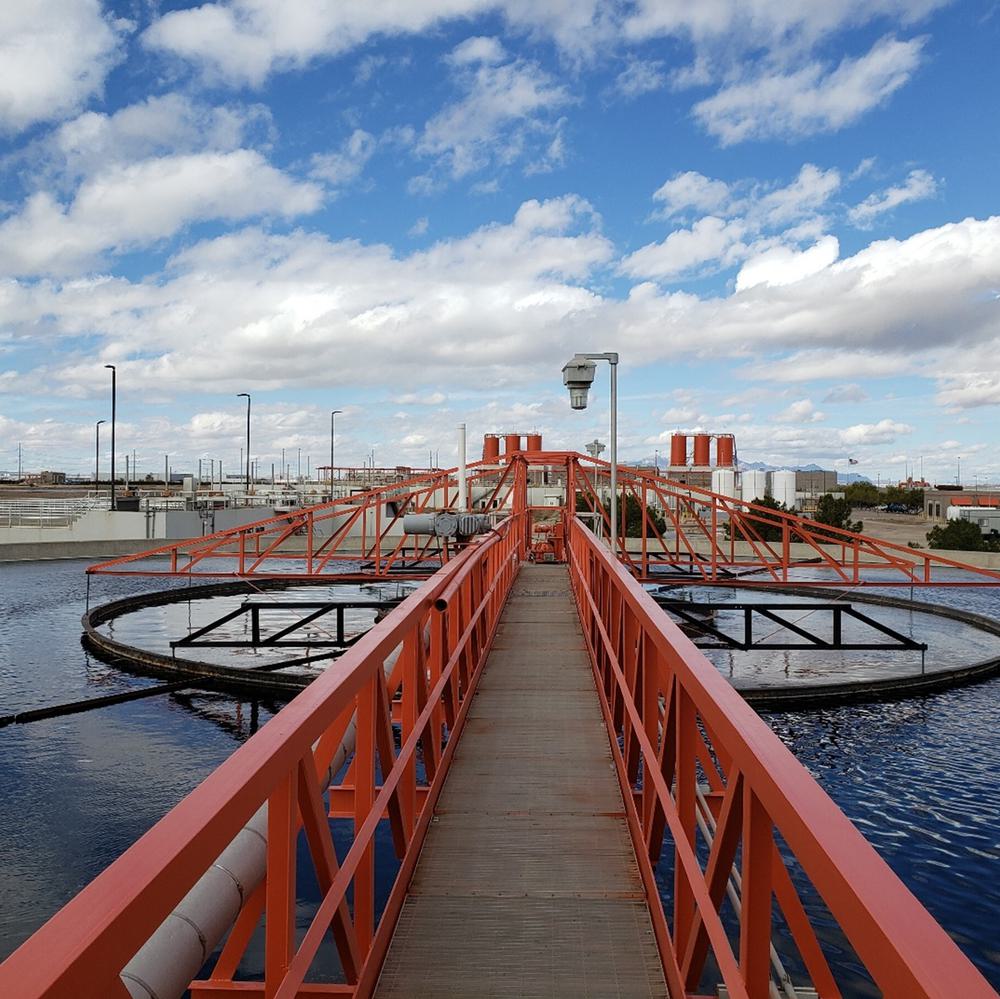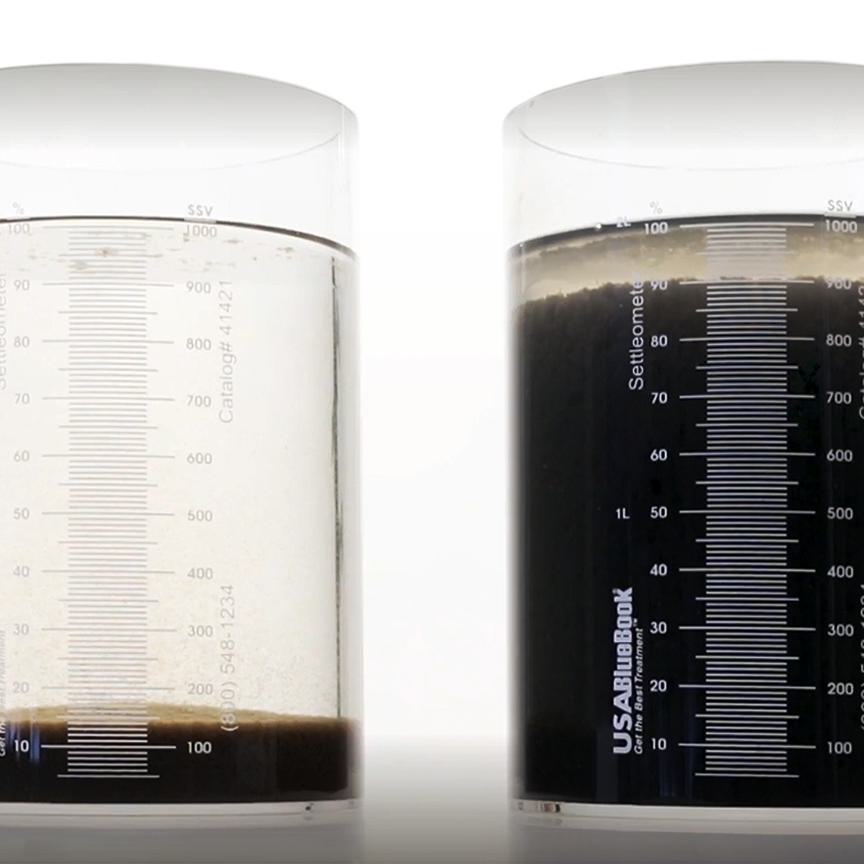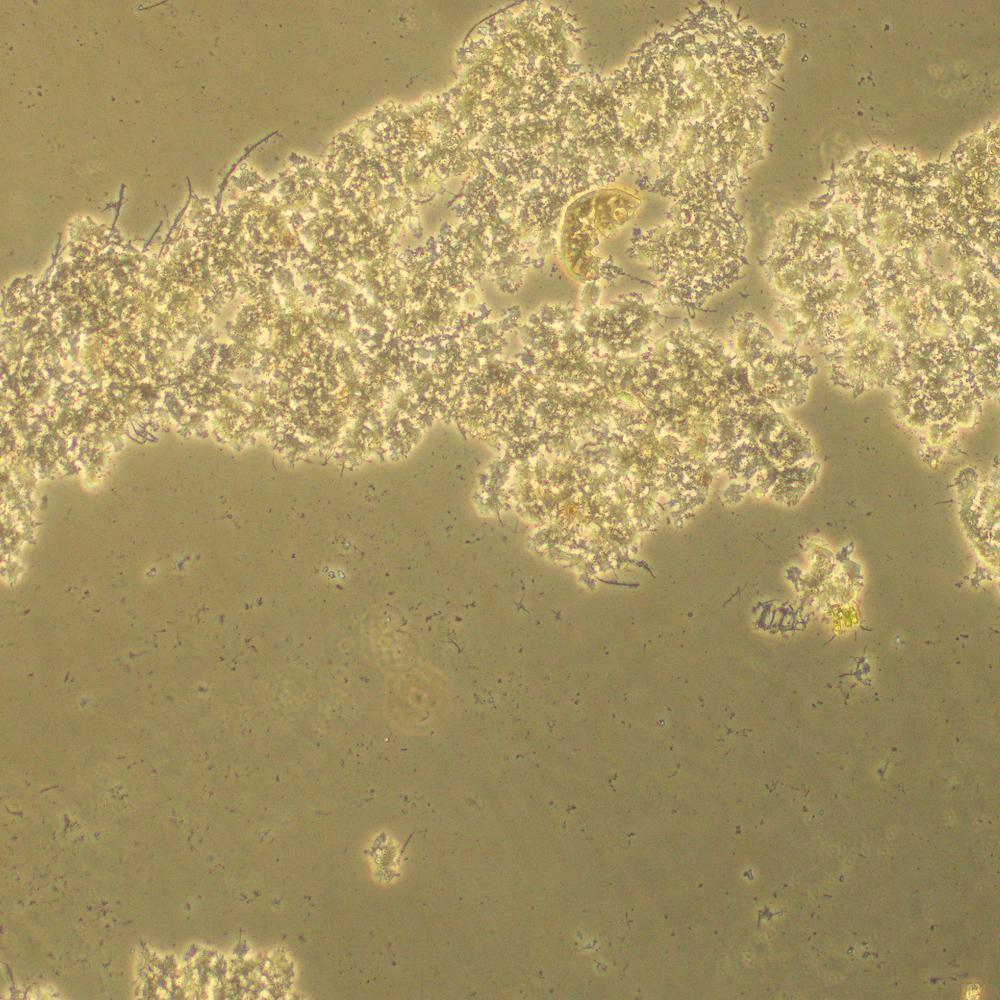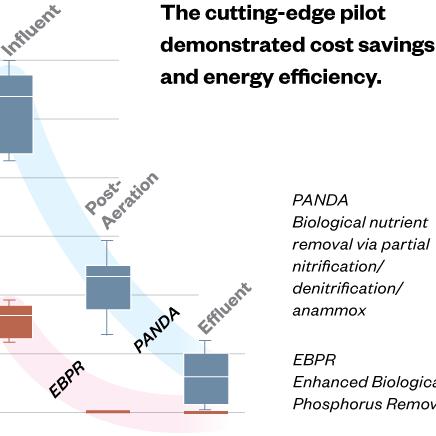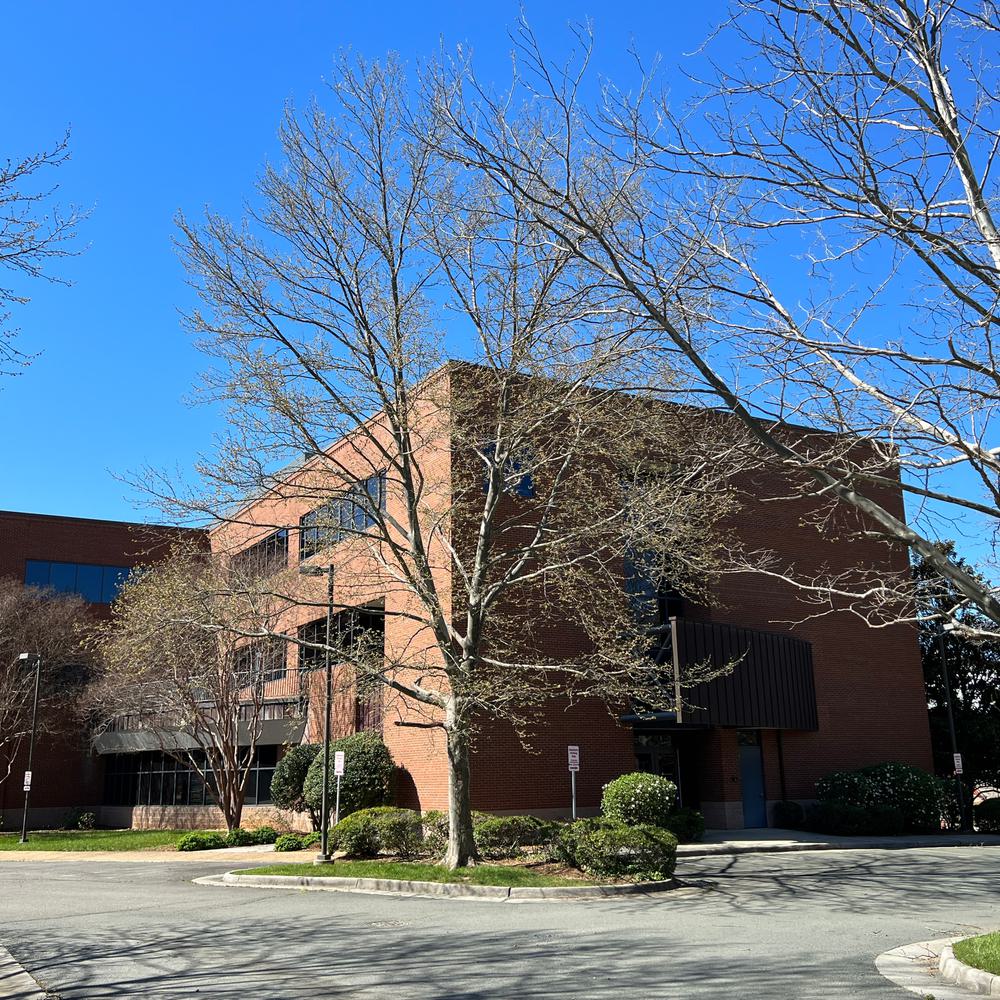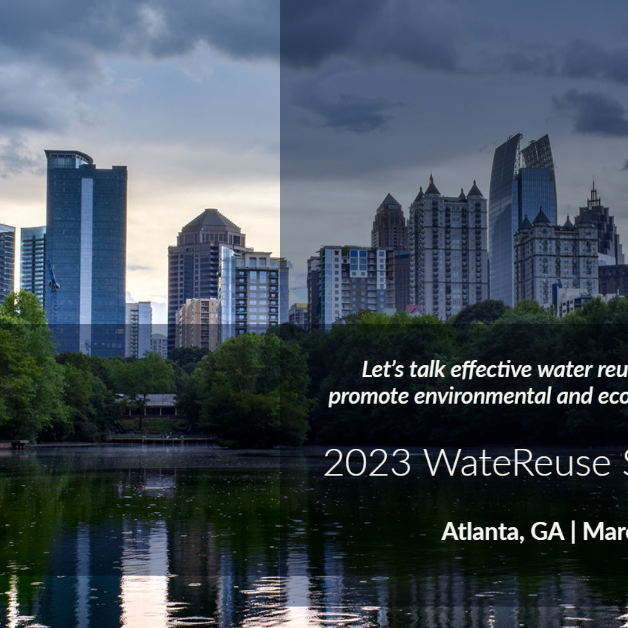Process Air Blower Facility Upgrade for Bayshore Regional Sewerage Authority (BRSA)
After the utility's process air blowers and supporting systems were severely damaged during Superstorm Sandy, Hazen partnered with New Jersey's BRSA to consolidate, upgrade, and better protect the air blower facility.
Background
The original project scope developed by a prior consultant included five process air blowers connected to 20-year-old ceramic diffusers. Hazen performed an economic analysis to demonstrate that installing membrane diffusers with higher oxygen transfer efficiencies would reduce the number of blowers required and reduce energy consumption. Hazen collaborated with BRSA to evaluate six alternative configurations of blowers and diffusers. BRSA selected a preferred alternative that would 1) compress the project schedule, mitigate risk, and reduce construction cost; and 2) generate an estimated 20-year energy savings of $870,000.
During system startup, Hazen determined that operational issues with the dissolved oxygen control were caused by both influent flow and return activated sludge flow imbalances between Trains 1 and 2. We worked with BRSA to systematically address these longstanding flow imbalances through field investigations and hydraulic modeling. This joint effort not only resolved the historical flow imbalances, but also enabled the dissolved oxygen control strategy to function more effectively.

Bill Gettings has managed conveyance, pump station, and plant projects from facility planning through construction.
Related Topics:
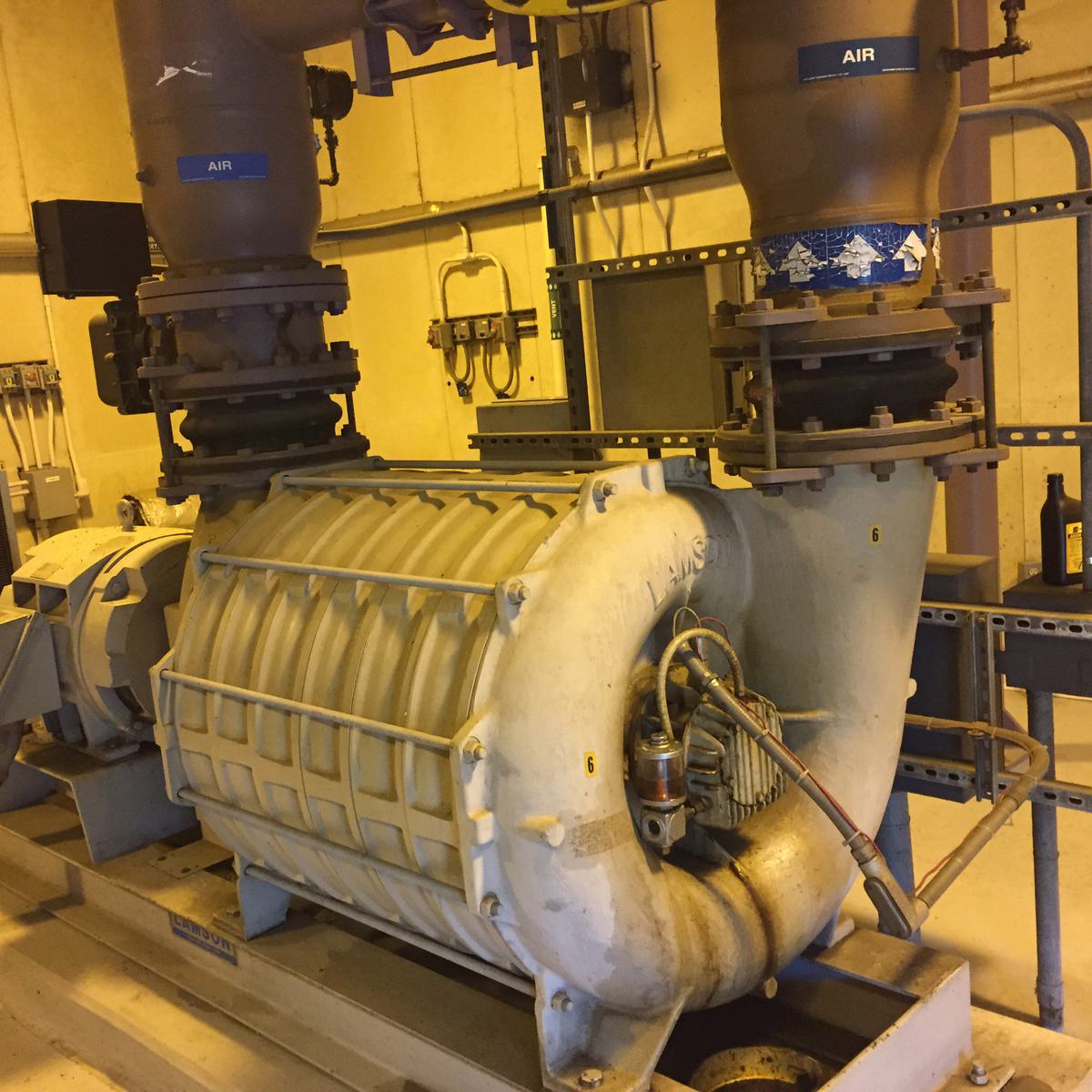
Hazen coordinated with BRSA to develop a detailed nine phase construction sequence to minimize impacts on plant operations. The plan leveraged existing and new infrastructure to gradually consolidate two blower buildings with two air headers into one blower building with one air header while maintaining plant operations to ensure continued permit compliance. At the onset of construction, BRSA and Hazen identified an opportunity to expedite work by re-sequencing select phases to allow the contractor to start work in aeration basins that were coincidentally offline.
Project Outcomes and Benefits
- Evaluated six different configurations of blowers and diffusers
- The selected alternative compressed the project schedule, mitigated risk, and reduced construction costs
- Phased construction minimized effect on plant operations
- Estimated 20-year energy savings of $870,000


